Gloucester High promotes banned books
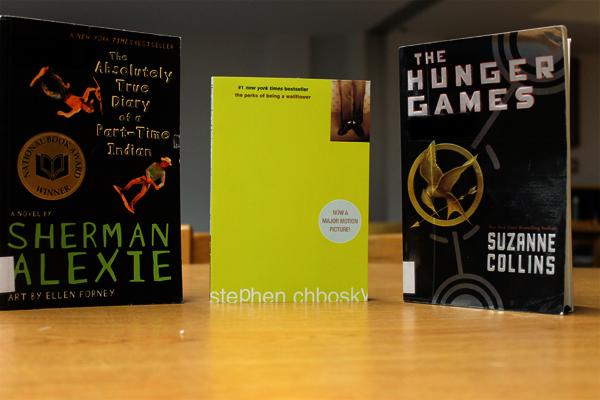
These titles are among GHS favorites that made the “Most Challenged Books” list of 2013.
September 25, 2014
As we celebrate Banned Book Week, students may be surprised to learn that two books in the GHS curriculum made the most frequently challenged books list for 2013.
This summer, incoming honors ninth graders read The Absolutely True Diary of a Part-Time Indian, by Sherman Alexie, which has made the top ten most challenged book list four years in a row. The Perks of Being a Wallflower, by Stephen Chobsky, also made the top ten list. This title has been added to some senior year English classes.
Dan Pilkey’s “Captain Underpants” series, Suzanne Collins’ The Hunger Games and Jeff Smith’s Bone comics made the 2013 list as well.
The list, compiled by the American Library Association, is meant to promote awareness of censorship and encourage people to support the freedom to read. Banned Book Week is an annual event that takes place in late September. It began in 1982, the year the U.S. Supreme Court ruled that students’ First Amendment rights had been violated when Kurt Vonnegut’s Slaughterhouse-Five and eight other books were removed from school libraries.
Since 2001, there have been several books taught at GHS which have appeared on the top ten most challenged books list. Have you read any of these books? Do you think they should be banned? Tell us how you feel in our comments section.
Brave New World – Aldous Huxley
To Kill A Mockingbird – Harper Lee
The Color Purple – Alice Walker
Of Mice and Men – John Steinbeck
The Catcher in the Rye – J.D. Salinger
The Kite Runner – Khaled Hosseini
Nickel and Dimed – Barbara Ehrenreich
The Bluest Eye – Toni Morrison
I Know Why the Caged Bird Sings – Maya Angelou
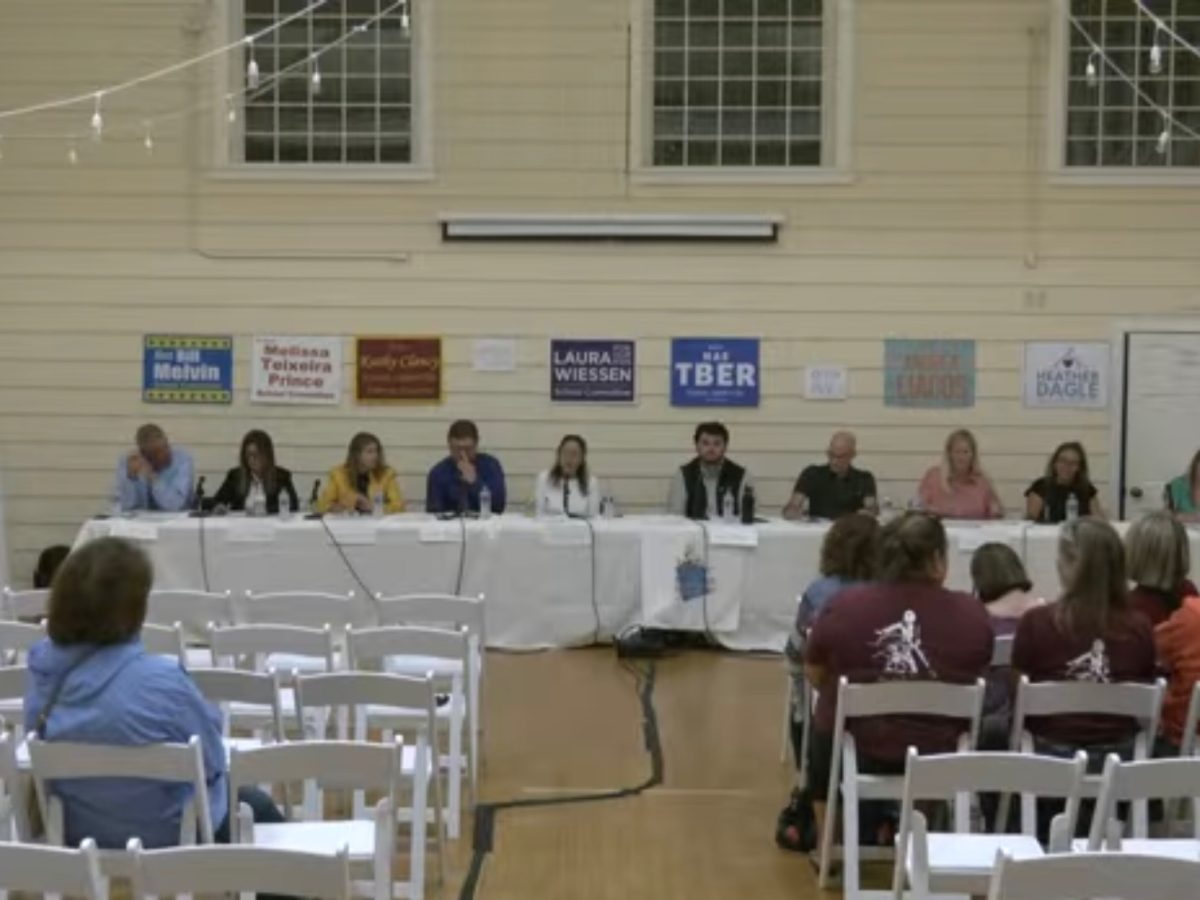
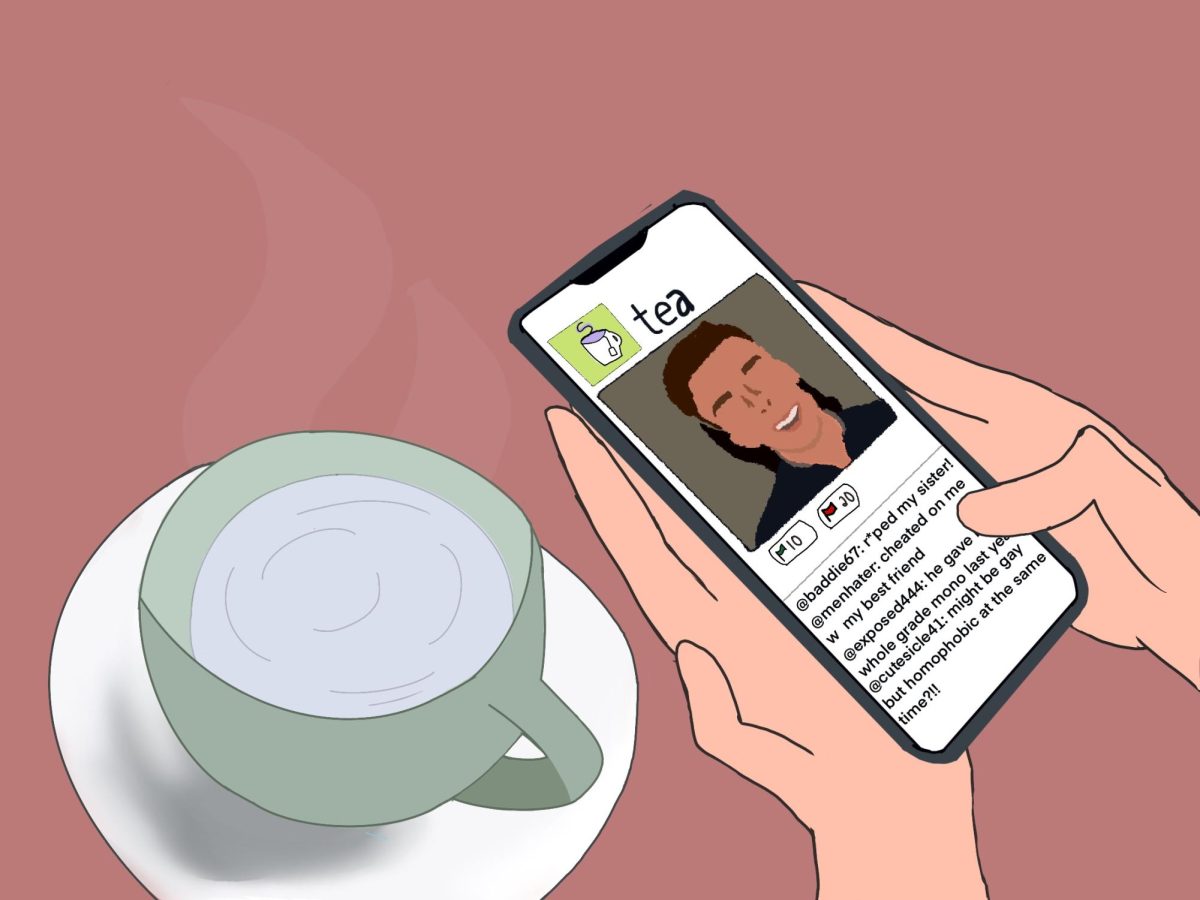

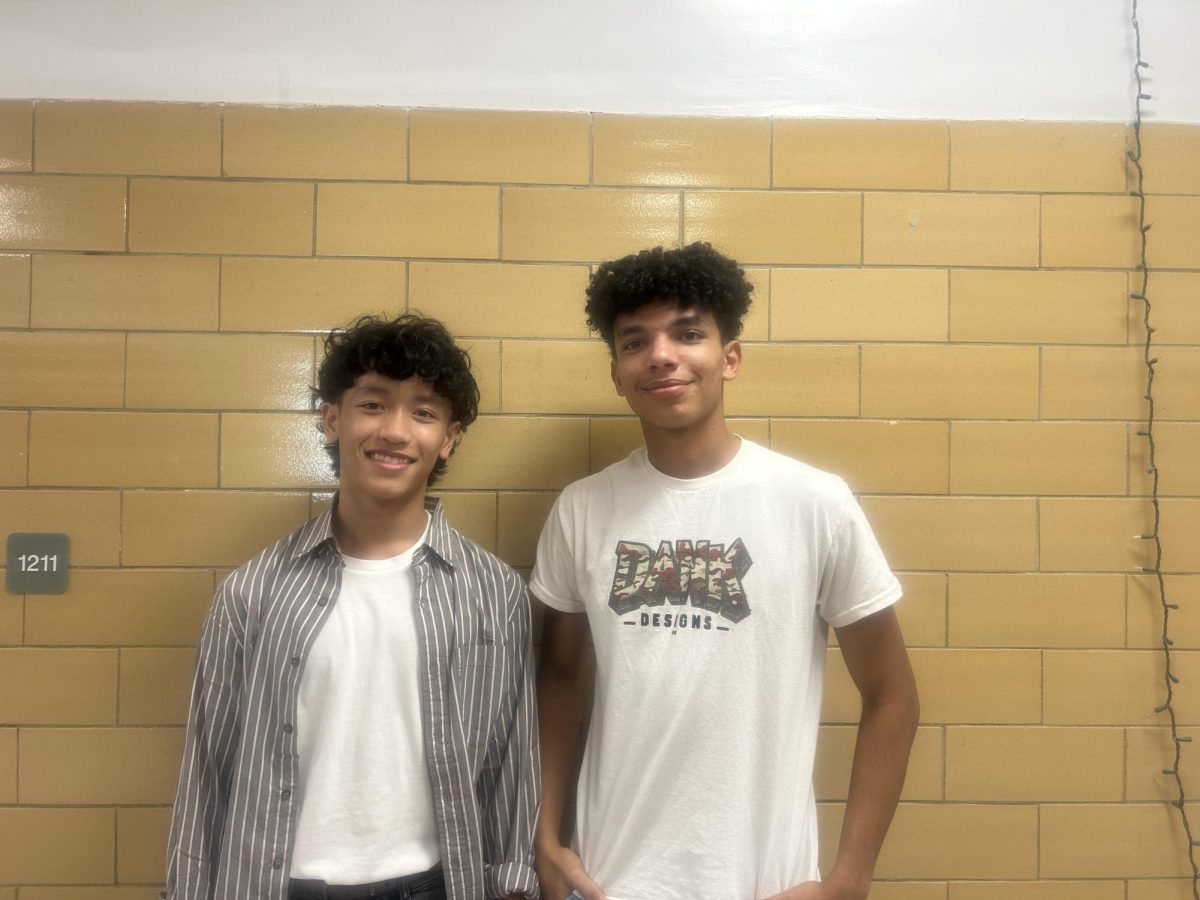







![The GHS/MERHS senior cross country runners pose together on Senior Night. [Photo courtesy of Manchester-Essex Athletics]](https://thegillnetter.com/wp-content/uploads/2025/10/Screenshot-2025-10-10-at-11.18.29-AM.png)
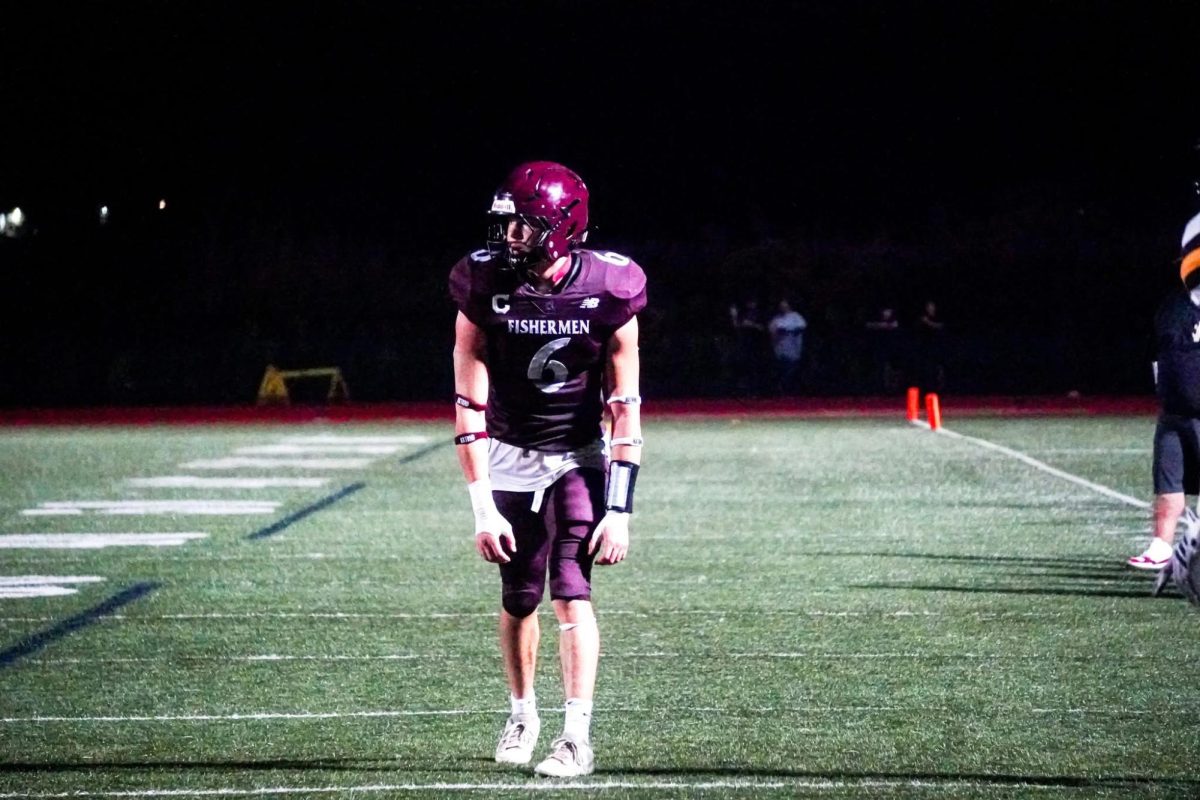
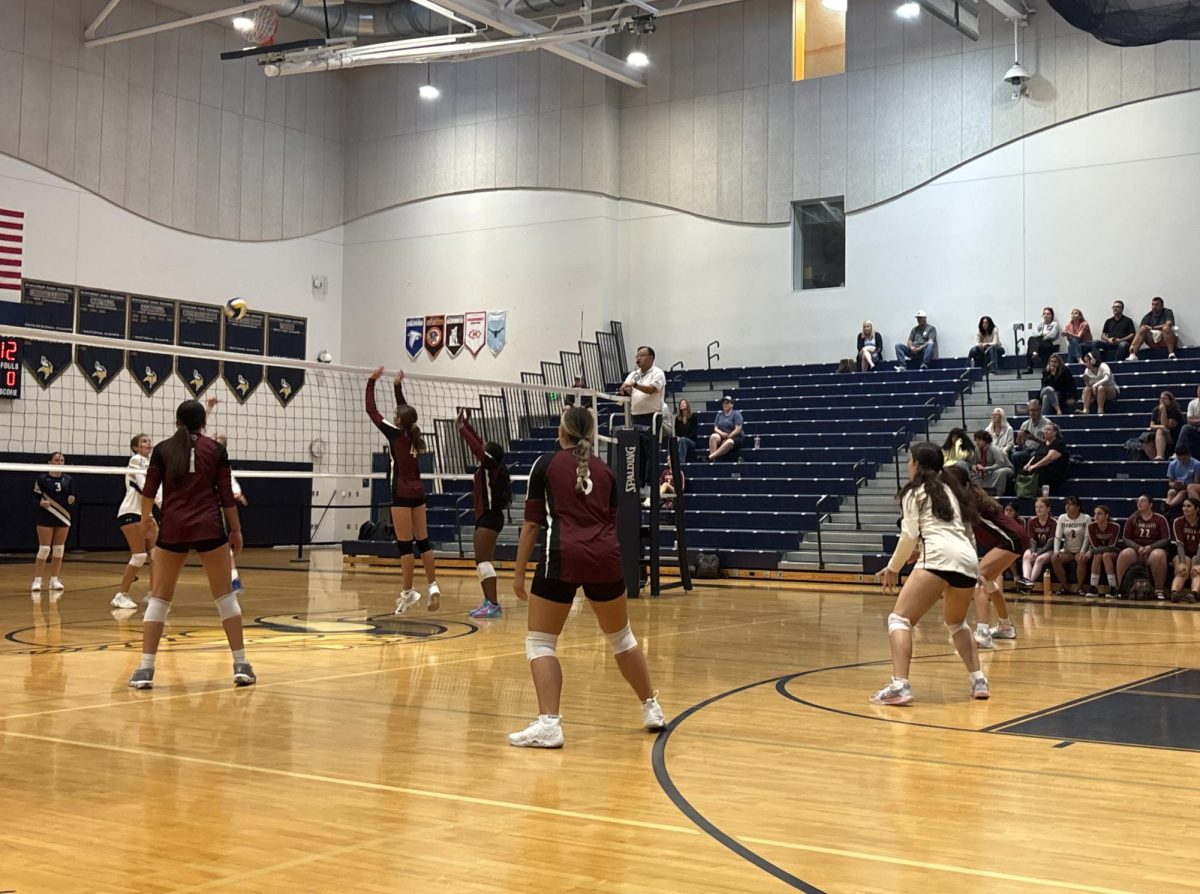
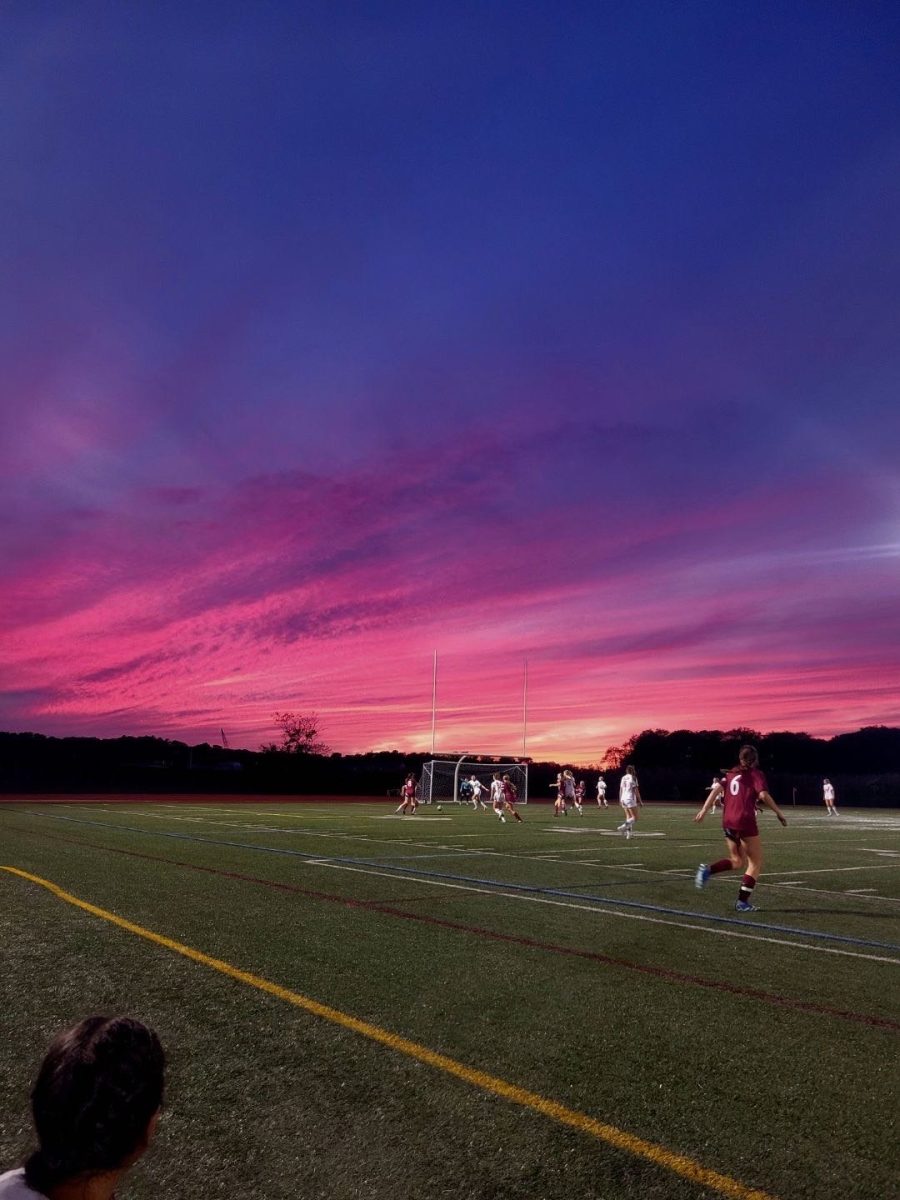



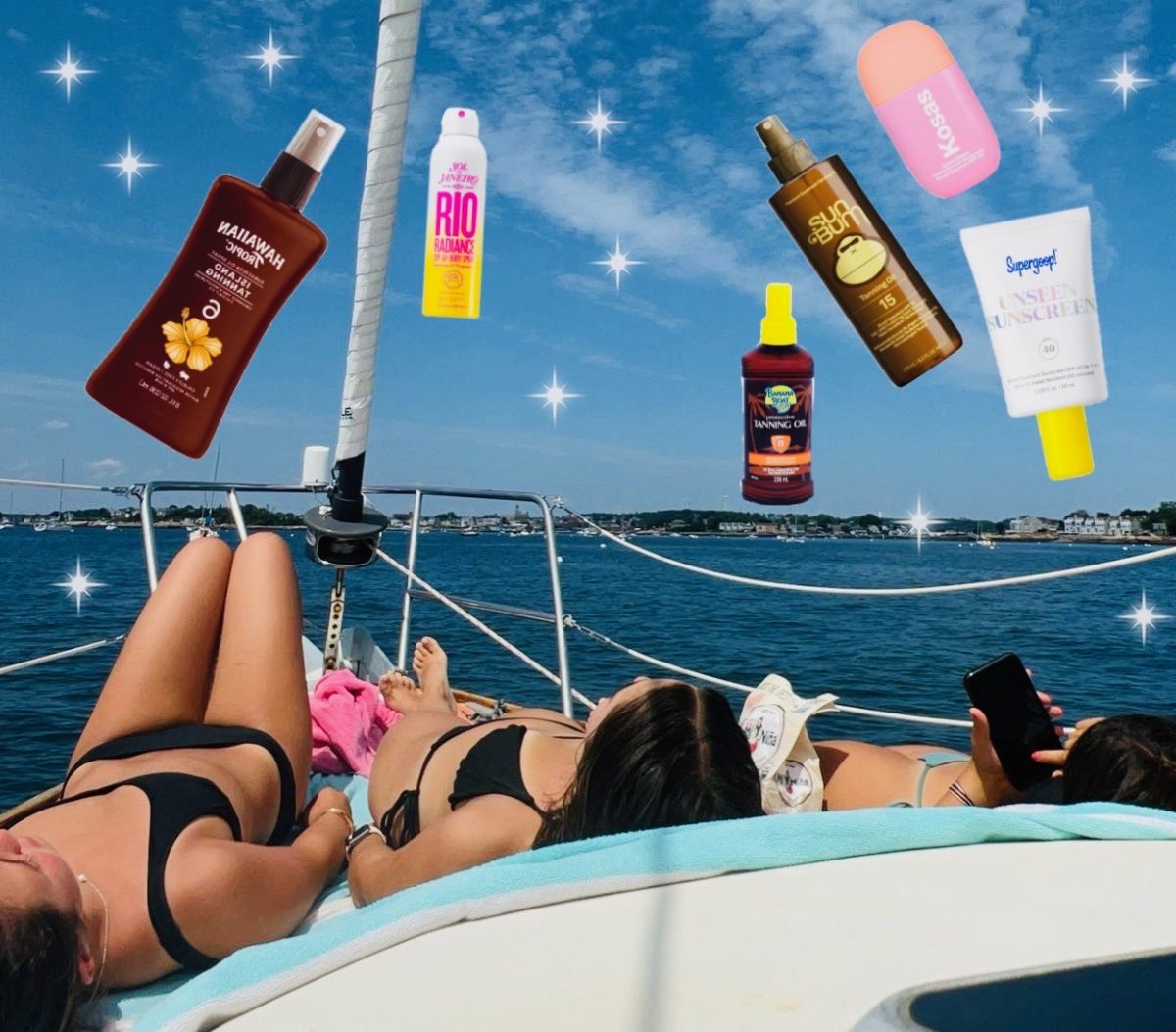
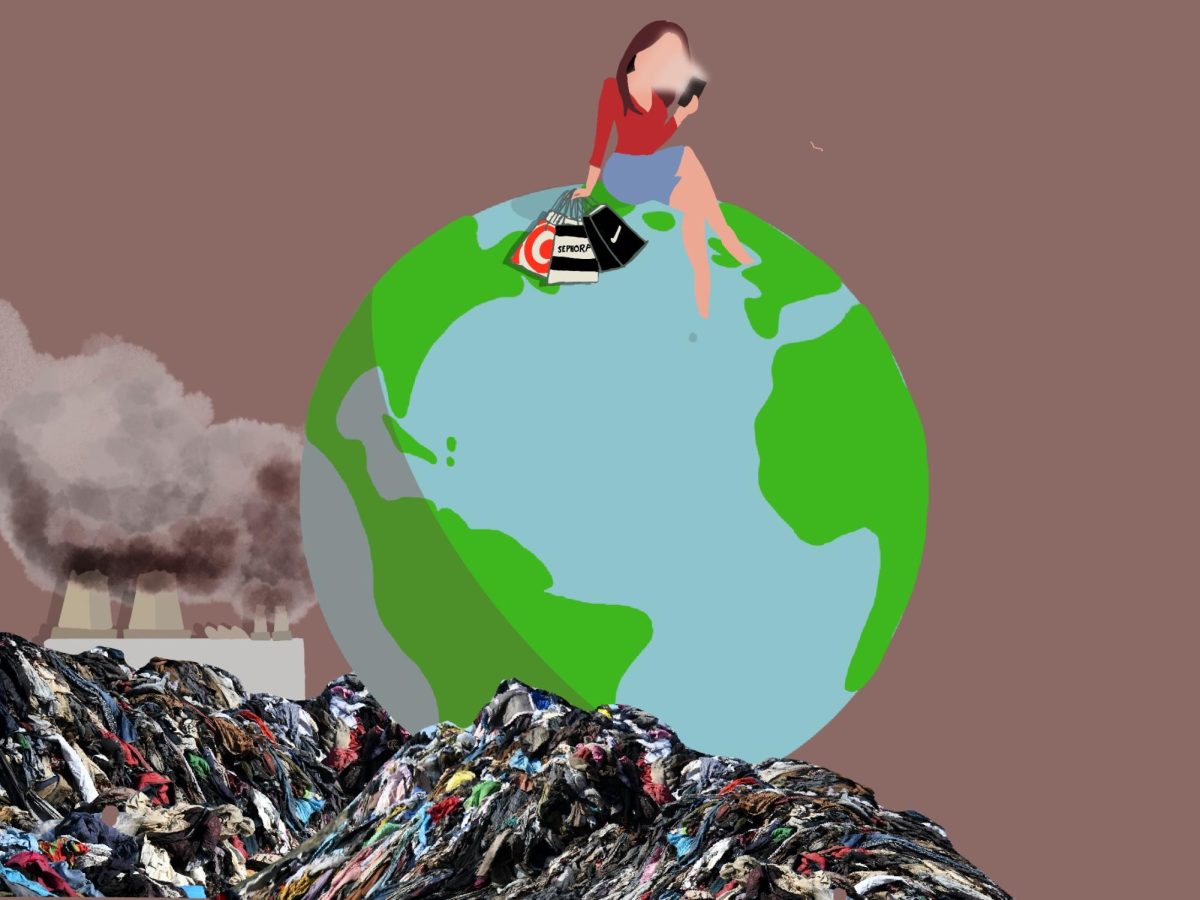










Julia Ellsworth • Nov 11, 2014 at 5:24 pm
I think that books that have controversial topics shouldn’t be banned. It prevents an intelligent discourse on the topics brought up in the book, and doesn’t advocate critical thinking and analyzing the book’s lessons and messages. Hard topics come up in life everyday. I think the only time a book should be banned from a school setting if it is used to teach some type of hateful and discriminatory view. (Which is different from having one displayed in the book itself relevant to the plot)
Rebecca Pollock • Sep 29, 2014 at 5:39 pm
While reading through this list, I was shocked as to see some of the titles appearing. As high school students we’re all anywhere from ages 14 to 18. We’re all mature enough to deal with the subject or drugs or racism. So, I don’t understand if a book has one word that has to do with any of these things, then they automatically go on the ‘banned book list.’ Also, I don’t get if the book discusses someone’s sexual/religious preference, it can’t be read? If the things written within these books are not to your ‘standards’ then you shouldn’t read it. This article opened my eyes to the way others view certain literature nowadays.
SPENCER TAFT • Sep 29, 2014 at 11:17 am
If these books are such a big problem, why are they so commonly taught in schools? if there was something truly objectionable qbout them, teachers would recognize that and NOT TEACH THEM.
Sara Corchado • Sep 25, 2014 at 5:31 pm
As a student who has read almost every book on the list provided, I do not think they should be banned. Yes, some of the books contain sensitive material such as drugs, violence and death. That’s life. If you really take a step back and look around, that is all you see around you. To ban a book that can be educational to us students is absolutely absurd. In my freshman year of High School, I read To Kill a Mockingbird and Of Mice and Men; both books are pretty normal. I felt that as a fifteen year old, I was mature enough to comprehend death and prejudice people. I’d love to hear their reasoning behind why these books were selected.